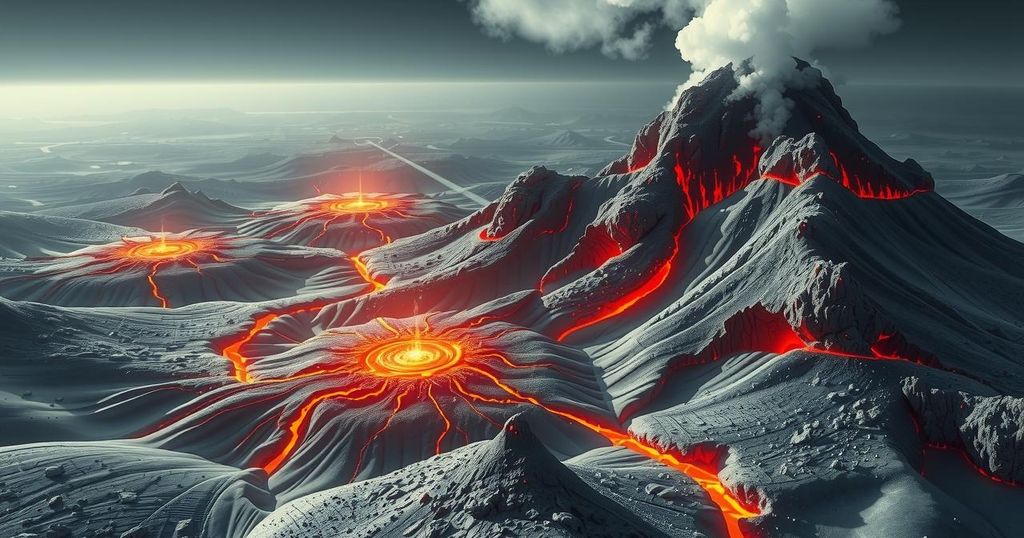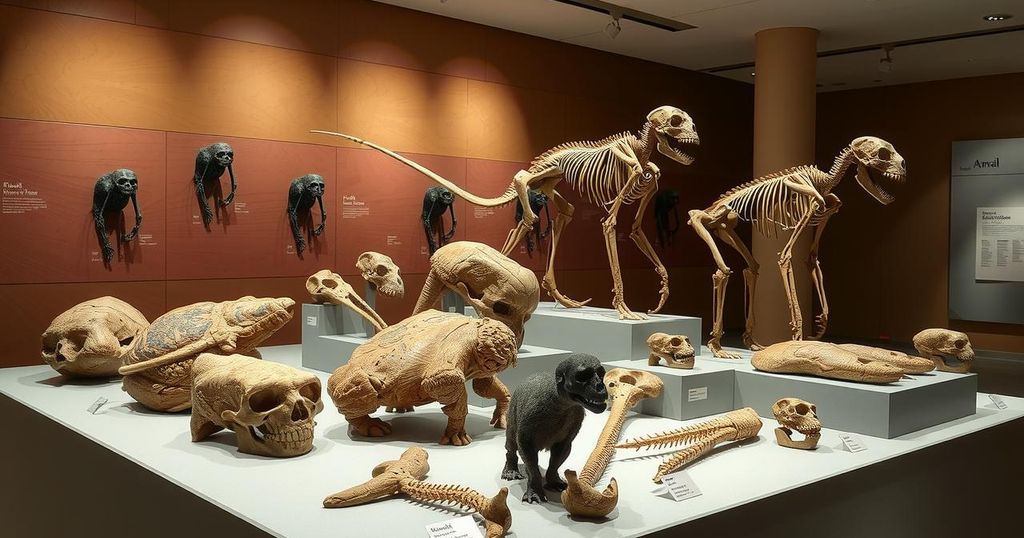Science
AMERICAN GEOPHYSICAL UNION, BOLTON, CALIFORNIA, CLIMATE, CLIMATE CHANGE, COVID-19 PANDEMIC, ENVIRONMENTAL IMPACT, EUROPA, GALILEO GALILEI, JUNO, JUPITER, LINDA MORABITO, NASA, NORTH AMERICA, RESEARCH, SAN ANTONIO, SCIENCE, SCOTT BOLTON, SOUTHWEST RESEARCH INSTITUTE, UNITED STATES, WONDER THEORY
Rajesh Choudhury
0 Comments
Juno’s Discoveries Illuminate the Volcanic Heart of Jupiter’s Moon Io
NASA’s Juno spacecraft has revealed that Io’s volcanic activity is driven by localized magma chambers rather than a global magma ocean. Circling Jupiter since 2016, Juno’s close observations have provided unprecedented insights into the moon’s surface, showcasing its active eruptions and changing our understanding of planetary geodynamics. This research has implications for how we study other moons and even exoplanets.
In a cosmic ballet of fire and ice, NASA’s Juno spacecraft has shed light on the eternal enigma of Io, Jupiter’s volcanic moon. Orbiting since July 2016, Juno’s close encounters revealed that Io is a smoldering tapestry of eruptions, with around 400 volcanoes constantly spitting plumes and lava. Recent flybys, particularly in December 2023 and February, brought us the closest views yet, unveiling that unlike previously thought, these volcanoes are likely powered by localized chambers of magma rather than a vast, underground ocean of molten rock. This discovery redefines our understanding of volcanic activity beyond Io, affecting how we perceive similar celestial bodies like Europa and Enceladus, and even offers fresh perspectives into the formation of exoplanets and super-Earths.
This revelation traces back to the remarkable findings of Voyager 1 in 1979, which first unveiled Io’s chaotic surface reminiscent of a pepperoni pizza. The source of Io’s relentless eruptions puzzled scientists for decades—was it a shallow magma ocean or isolated magma pockets? Fast-forward through time, and Juno’s missions have pried open more secrets of this captivating moon, showcasing its bizarre “primordial fantasy land” and enormous lava lakes such as Loki Patera. Each flyby peels back layers of mystery, giving us glimpses into a world that dances on the edge of cataclysm and beauty, perpetually molded by Jupiter’s mighty gravitational grip that warms Io, enabling its fiery spirit to persist without pause.
Amidst the backdrop of our expansive solar system, Io stands as a vibrant reminder of nature’s creativity and power. The notion that single volcanoes host their own magma chambers rather than being part of a larger subterranean ocean marks a narrative shift in planetary science. As Juno continues its odyssey, it raises deeper questions about how celestial bodies evolve and interact, revealing a universe brimming with geo-thermal wonders waiting to be unraveled. Each mission, each discovery, fuels our relentless quest to unlock the secrets of the universe, threading together tales from stone and molten rock that echo through the cosmos.
Juno has not only charted Io’s smoldering terrain but also invites us to ponder how phenomena on our neighboring moons may reflect broader truths about planetary systems. As we embrace this newfound knowledge, we surge forward, equipped with insights that might redefine our understanding of not just moons, but the very fabric of planetary science itself.
The topic centers around the findings from NASA’s Juno spacecraft, which has been orbiting Jupiter since 2016. Io, one of Jupiter’s moons and the most volcanically active body in our solar system, has intrigued scientists since its discovery. The moon’s volcanic activity was first documented by Voyager 1 in 1979, and it has since been a subject of inquiry as researchers questioned the mechanisms behind its continuous eruptions. Juno’s close flybys and advanced measurements have provided new data that challenges existing theories about Io’s volcanic sources, thus reshaping our understanding of not only Io but also other celestial bodies with similar characteristics.
The revelations from Juno’s mission signify a monumental shift in our comprehension of volcanic activity on moons in our solar system. By uncovering that Io’s volcanoes are powered by localized magma chambers, rather than a vast underground ocean, scientists are prompted to rethink previous assumptions. This new perspective not only enhances our understanding of Io but also has implications for similar celestial objects, thereby deepening our appreciation for the complexity and dynamism of the universe around us.
Original Source: www.cnn.com




Post Comment